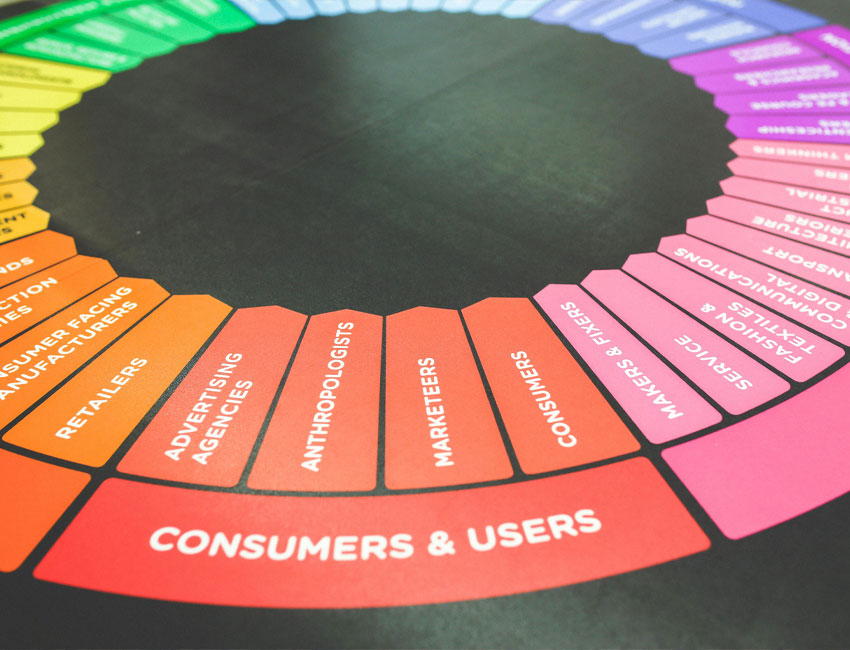Digital Advertising Strategies

Types of Digital advertising strategies, strengths and weaknesses
Digital advertising offers businesses a powerful way to connect with online audiences, surpassing traditional media like TV, radio, and print. It excels in audience targeting, real-time analytics, and interactive formats, reshaping how brands engage with consumers. Here’s an overview of key strategies:
1. Pay-Per-Click (PPC) Advertising
PPC is a fast, cost-effective way to drive traffic, as advertisers only pay when users click their ads. Platforms like Google Ads allow precise audience targeting. However, managing campaigns can be time-intensive, and competition for keywords drives up costs. Notably, PPC has an average return on investment (ROI) of 200% (HubSpot).
2. Content Marketing
This strategy builds trust by creating valuable, audience-specific content, positioning brands as industry leaders. Companies that consistently blog generate 67% more leads than those that don’t (Demand Metric). For example, regularly publishing posts like those on denote.ie’s Online Marketing Strategy page can attract new leads.
3. Social Media Marketing
Social platforms like Facebook and Instagram enable real-time interaction, improving brand recognition and engagement. Studies show that 54% of social browsers use social media to research products (GlobalWebIndex). These platforms are perfect for fostering relationships with audiences and driving traffic to service pages like Web Design & Development.
4. Mobile Marketing
With most consumers glued to their mobile devices, mobile marketing is vital. This strategy ensures businesses can deliver personalized, mobile-friendly content to remain relevant and drive engagement. Mobile ad spending continues to grow, reaching $336 billion globally in 2023 (Statista). Incorporating mobile strategies alongside PPC campaigns, as outlined on the Google Ads Campaigns page, can boost visibility and conversions.
Although these strategies offer significant advantages, challenges like high competition, dependence on algorithms, and the rapid pace of technological change require businesses to stay adaptable.
Historical Context of Digital Advertising
Digital advertising emerged as a game-changer with the rise of the internet and social media. Unlike traditional marketing, it offers precision targeting and real-time insights, enabling brands to reach the right audiences at the right time.
Future Trends
The future of digital advertising focuses on personalization, mobile-first strategies, and data-driven decision-making. Businesses that incorporate these elements into their strategies will thrive in a highly competitive landscape.
Ready to elevate your digital marketing? Get in contact today to explore how we can help you achieve your business goals.


